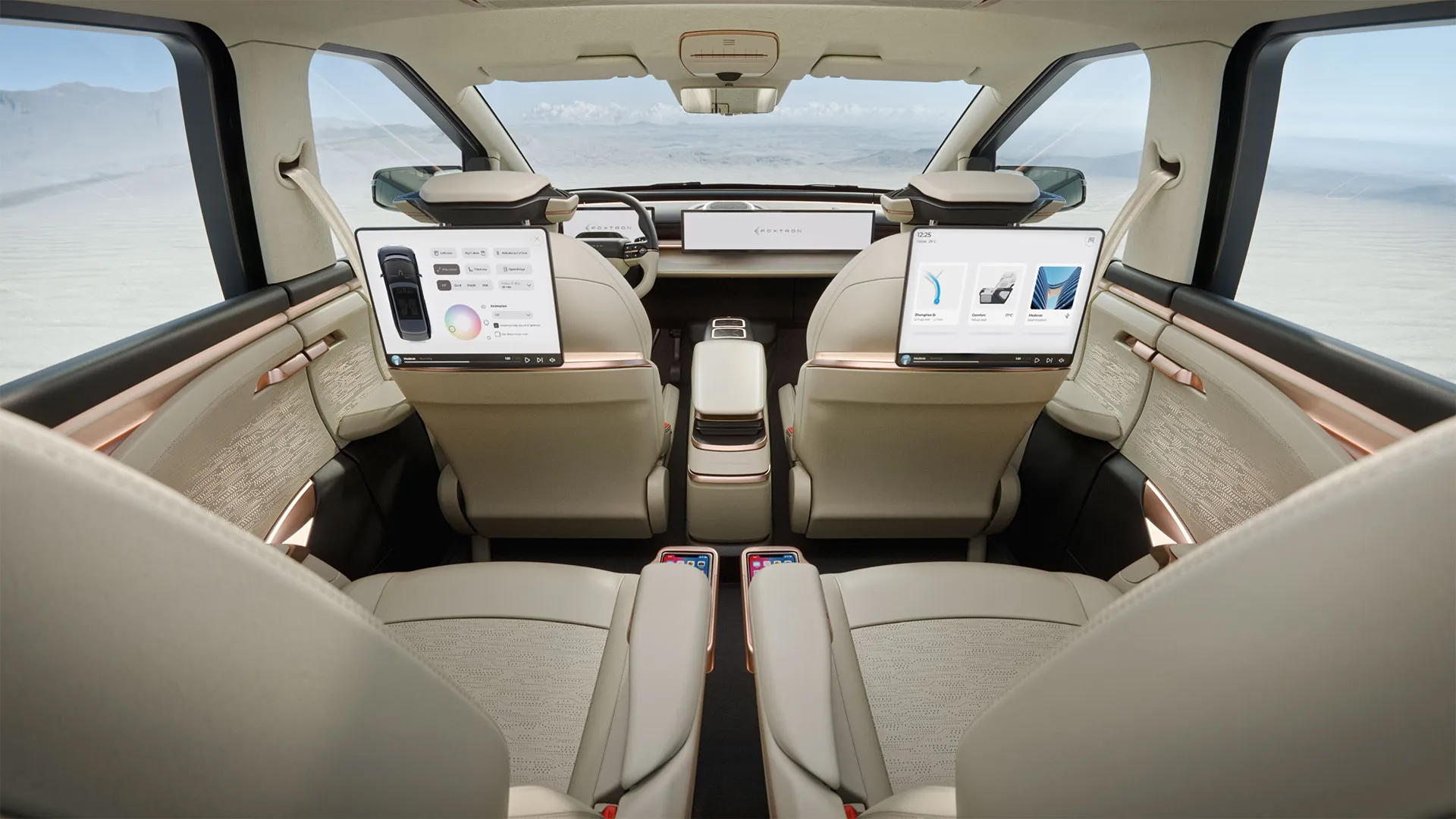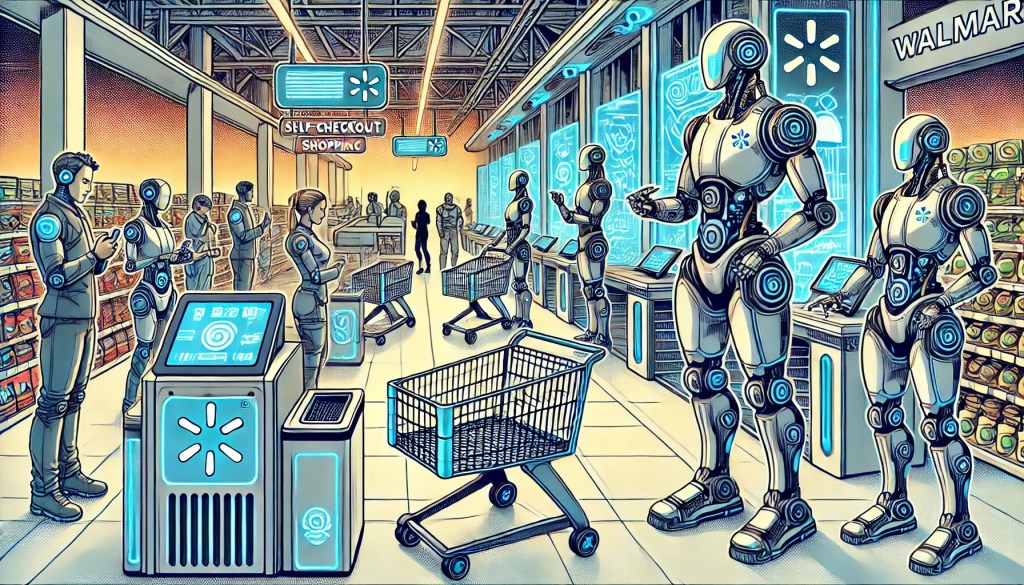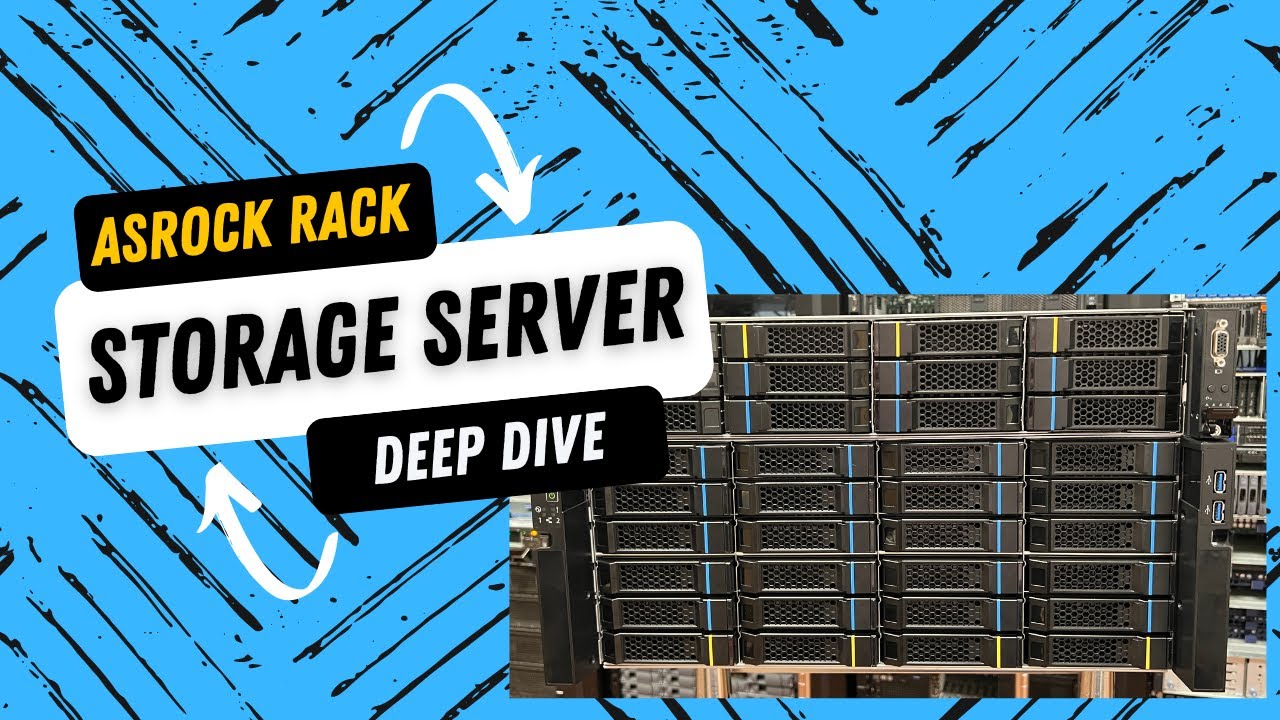You’ve probably never heard of Foxconn Technology Group, but it is a Taiwanese consumer electronics manufacturer that is perhaps best known for supplying the world with Apple iPhones – it also makes most of Amazon’s Kindles and Nintendo’s gaming consoles.
Stopping short of actually producing the folklore legend Apple Car, the company has branched out into developing electric vehicles of its own under the Foxtron moniker, with its existing Model C five-or seven-seater SUV already licensed by the rapidly expanding Taiwanese automotive brand Luxgen and badged the n7.
While Foxtron isn’t exactly interested in becoming a recognized automotive name in its own right, it is keen to sell its designs and platforms to other, perhaps more established players in the EV market.
As such, it used its most recent Apple-esque Technology Day event to reveal two new models in the Model D and the Model U – a naming convention that might have folk at Tesla pulling a confused face.
The Model D is an absolutely massive, angular Lifestyle Multipurpose Utility Vehicle (LMUV), which measures 5.1m in length (think Ford Transit van size) and almost 2m wide. Inside, there’s enough space for seven people to ride, although Foxtron is keen to point out that it can configure its cars to a B2B customer’s demands.

Powering the LMUV is a range of 100-120kWh lithium-iron-phosphate (LFP) battery packs, which would see an effective range of around 310 miles to almost 400-miles in the range-topping versions.
Designed with aerodynamics at the forefront, it features all manner of creases and ducts to improve airflow. Despite its blocky look, it was actually penned by Pininfarina, the designers behind numerous classic Italian sports cars.
Naturally, Foxtron has also ensured the interior of its Model D plays nicely with the technology its sister company manufacturers. There are specific charging spots for iPhones in the rear, as well slots for passengers to attach their own iPads.
At the opposite end of the spectrum, the Model U is a mid-sized electric bus that features the latest in advanced driver assist systems. Perhaps Tesla needn’t be too worried, after all.
Analysis: A Chinese ban could open the door for Taiwan

The purpose of the Foxconn Technology Group’s Technology Day event was to reveal a series of vehicles that the company says is destined for the North American market.
The Model C, which is already on sale in Taiwan, has seen its design tweaked slightly for a US audience and could be heading there soon, while the aforementioned Model D is set for production some time in 2026.
However, there’s no word on exactly what badge these cars will carry when they eventually go on sale to the general public, with Foxconn’s Contract Design and Manufacturing Service (CDMS) business model essentially providing the platform, hardware and updatable software to the highest bidder.
But with the US and much of Europe clamping down on imported Chinese EVs, it could be the perfect opportunity for Taiwan to offer the cheaper but more technologically advanced electric vehicle.
Foxtron already has models ready to roll that cover everything from the small B-segment hatchback to a much larger pick-up truck. It has also made some serious advances in electric vehicle technology.
Battery partnership programs with Pininfarina, ZF, Our Next Energy (ONE) and BMW have spawned ultra high-range LFP packs, with the resulting Gemini Dual-Chemistry Battery able to power a BMW iX for 608 miles on a single charge.
Plus, a relationship with Nvidia, albeit one that provides servers for AI applications, will likely put it in a favorable position to receive the latest single-chip architecture innovations required for Software Defined Vehicles and those with high levels of autonomous driving capabilities.







































































































































You must be logged in to post a comment Login